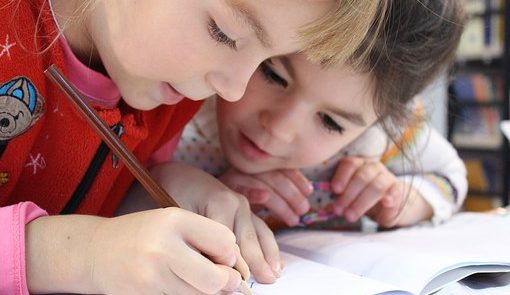Relaxation of the mind, body and spirit is essential for everyone. Join me on an Audubon Sanctuary walk of Shinrin-Yoku: Forest Breathing on Saturday, June 27 by tapping into the earth’s energies as a powerful way to recognize the aliveness and interconnectedness of all living things, reinvigorate yourself and release stress.
Children at an early age have the freshness of all their senses and come easily to the the intimacy of the natural world. We have this innate ability but may not always find the time to tune into our great gift.
In my private practice, I use symbolic gestures. This is the method of communicating with our unconscious minds, something we want. In the exercise “seeds of change” I invite children of all ages to imagine planting the seeds of qualities they hope to develop within themselves such as, calmness, courage, and confidence. When they can actually see the seeds take root and spout, the subconscious mind receives the message thereby cultivating inner resources to bring such qualities through in their everyday lives. Try It!










